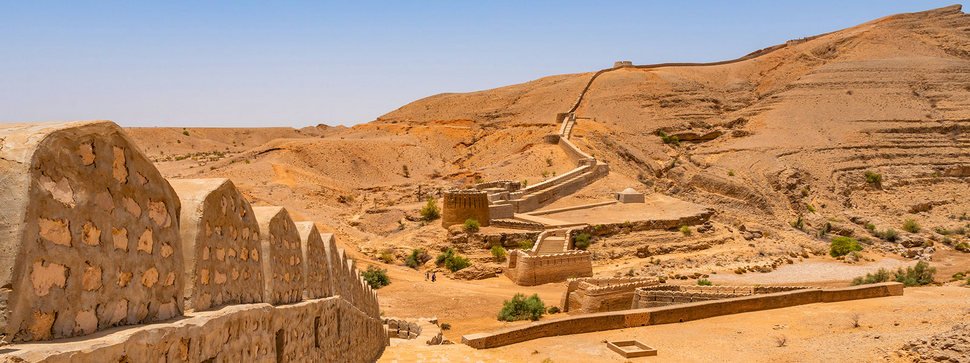Sindh, a province rich in culture, history, and natural beauty, holds many treasures that often go unnoticed by mainstream travelers. Beyond the well-known sites like Mohenjo-Daro and the vibrant city of Karachi, Sindh is home to numerous hidden marvels waiting to be explored. In this guide, we’ll take you on a journey to uncover 10 of these lesser-known gems, each offering a unique glimpse into the diverse landscape and heritage of Sindh
1. Ranikot Fort (The Great Wall of Sindh)

- Often referred to as the “Great Wall of Sindh,” Ranikot Fort is one of the largest forts in the world. Nestled in the arid landscape of the Kirthar Range, this fort is a must-visit for history enthusiasts and adventure seekers alike. The fort’s massive walls and stunning views make it a perfect spot for photography and exploration.
2. Kirthar National Park
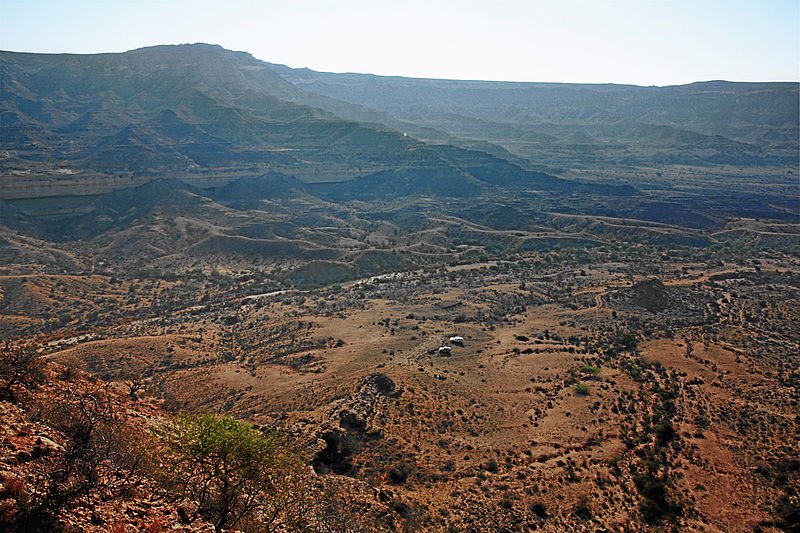
- Spanning over 3,000 square kilometers, Kirthar National Park is a haven for wildlife and nature lovers. The park is home to diverse flora and fauna, including the Sindh ibex, urial, and chinkara. Visitors can embark on safaris to explore the rugged terrain and witness the natural beauty of Sindh’s landscapes.
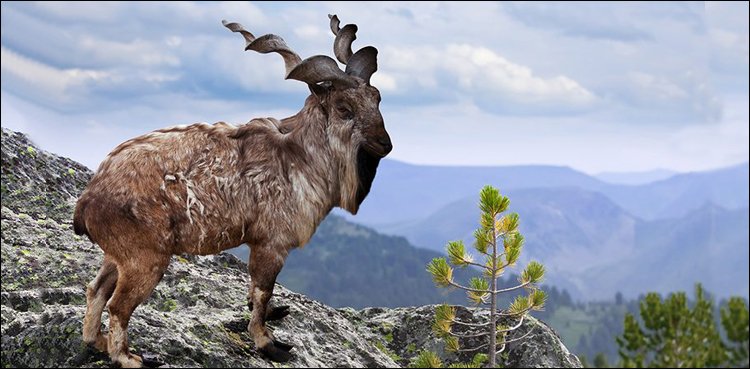
3. Keenjhar Lake (Kalri Lake)
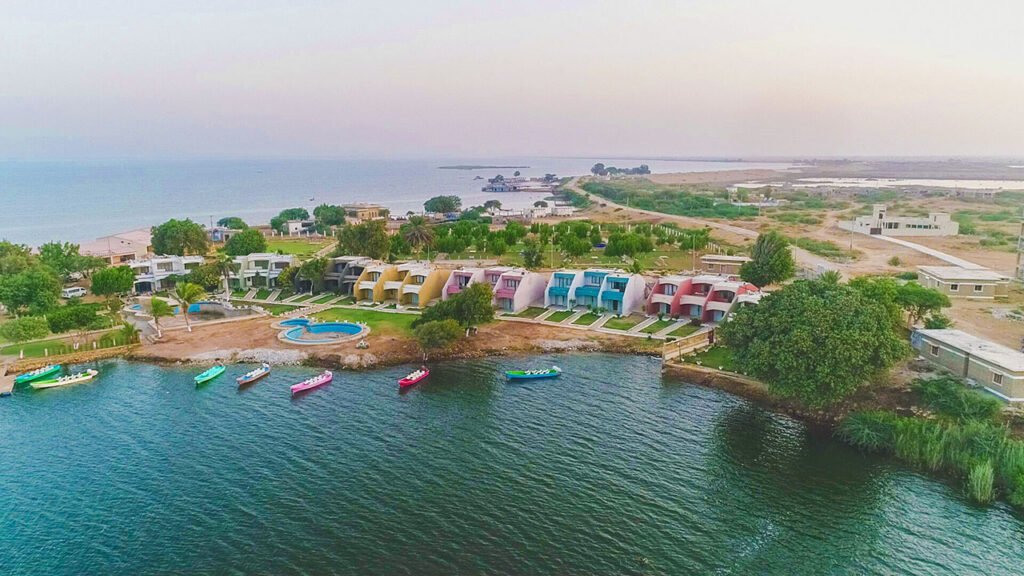
Just a few hours’ drive from Karachi, Keenjhar Lake is an oasis of tranquility. This freshwater lake is not only a popular spot for picnics and boating but also holds cultural significance as the resting place of the legendary Sindhi poet, Noori Jam Tamachi. The serene surroundings and birdlife make it an ideal escape from city life.
4. Gorakh Hill Station
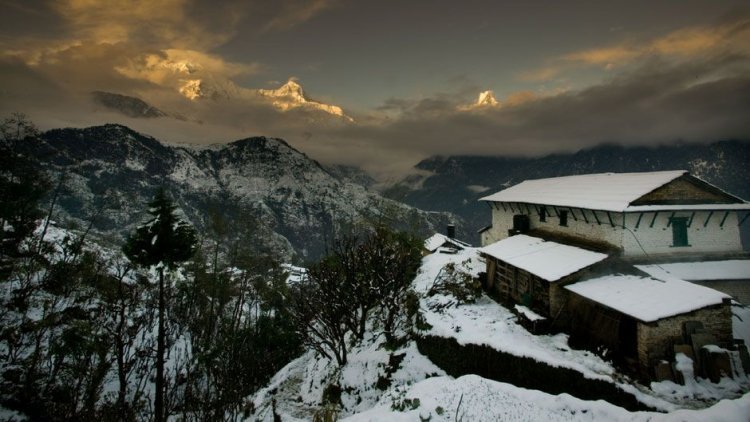
- Known as the “Murree of Sindh,” Gorakh Hill Station offers a refreshing break from the hot plains of Sindh. Located in the Kirthar Mountains, this hill station provides breathtaking views, cool weather, and a chance to experience the lesser-known mountainous side of the province. It’s a perfect spot for camping and stargazing.
5. Makli Necropolis
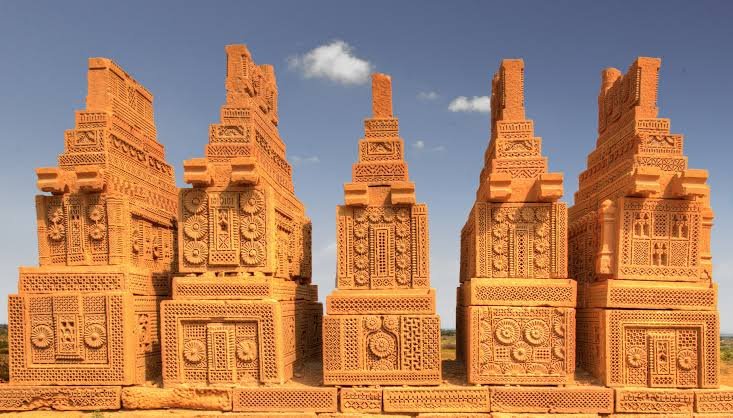
- A UNESCO World Heritage site, Makli Necropolis is one of the largest burial grounds in the world. Located near the town of Thatta, this sprawling site is a testament to the architectural and cultural heritage of Sindh. The intricate tombs and monuments, dating back to the 14th century, are a photographer’s delight and a historian’s treasure.
6. Manchar Lake
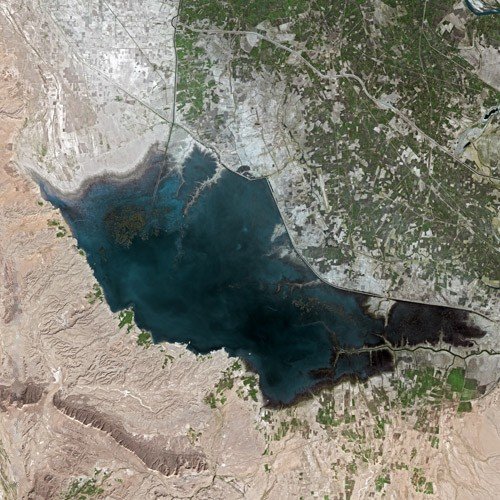
- As one of the largest freshwater lakes in Pakistan, Manchar Lake is a significant ecological site. The lake is home to a variety of bird species and serves as a livelihood for local fishermen. The floating villages on the lake, where the Mohana community resides, offer a unique cultural experience
7. Bhambore
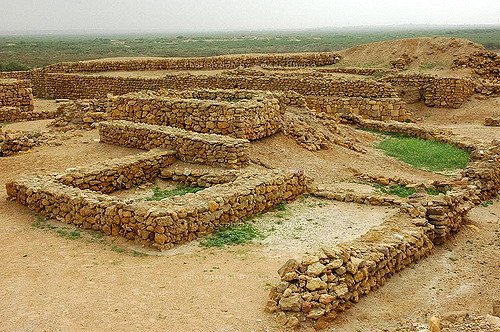
- Why it’s a Hidden Gem: Bhambore is an ancient city with deep historical roots, yet it’s often overlooked by travelers focused on more modern attractions. Its archaeological ruins offer a glimpse into the past, and its relative obscurity allows for a more intimate exploration.
8. Mohenjo-Daro
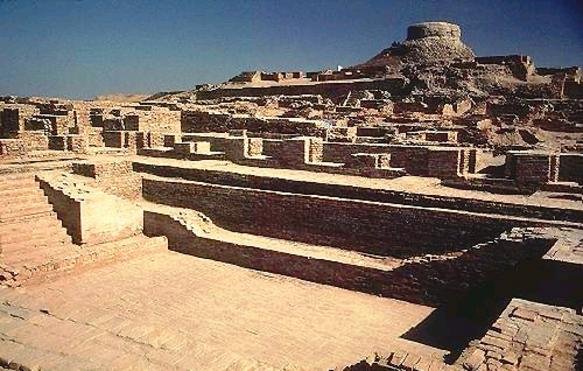
- Why it’s a Hidden Gem: While Mohenjo-Daro is famous among historians, it doesn’t attract as much mainstream tourism as it deserves. This ancient city, part of the Indus Valley Civilization, holds incredible historical value, but its remote location makes it less frequented.
9. Sehwan Sharif
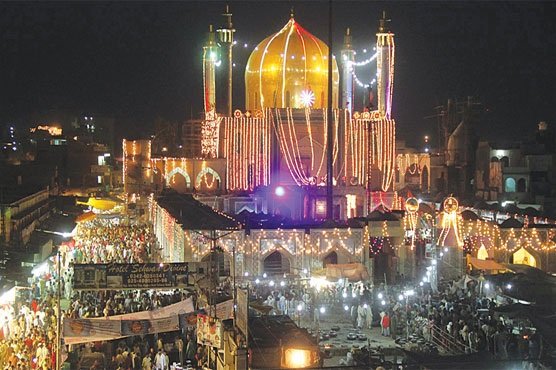
- Home to the shrine of Lal Shahbaz Qalandar, Sehwan Sharif is a spiritual and cultural center in Sindh. The vibrant annual Urs festival attracts thousands of devotees from across the country. The town’s rich spiritual atmosphere, combined with its historical significance, makes it a unique destination in Sindh
10. Shah Jahan Mosque (Thatta)
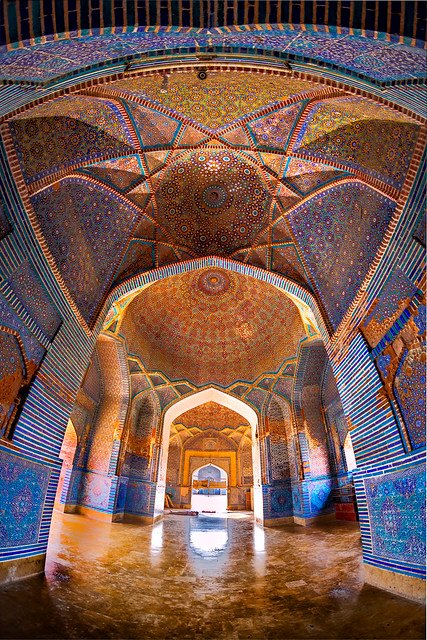
- Why it’s a Hidden Gem: The Shah Jahan Mosque is an architectural masterpiece from the Mughal era, but it doesn’t receive the same attention as other Mughal structures in Pakistan. Its intricate tile work and historical importance make it a hidden treasure for those interested in history and architecture.
These sites are hidden gems because they offer unique, enriching experiences but remain largely undiscovered by the mainstream tourist circuit.
